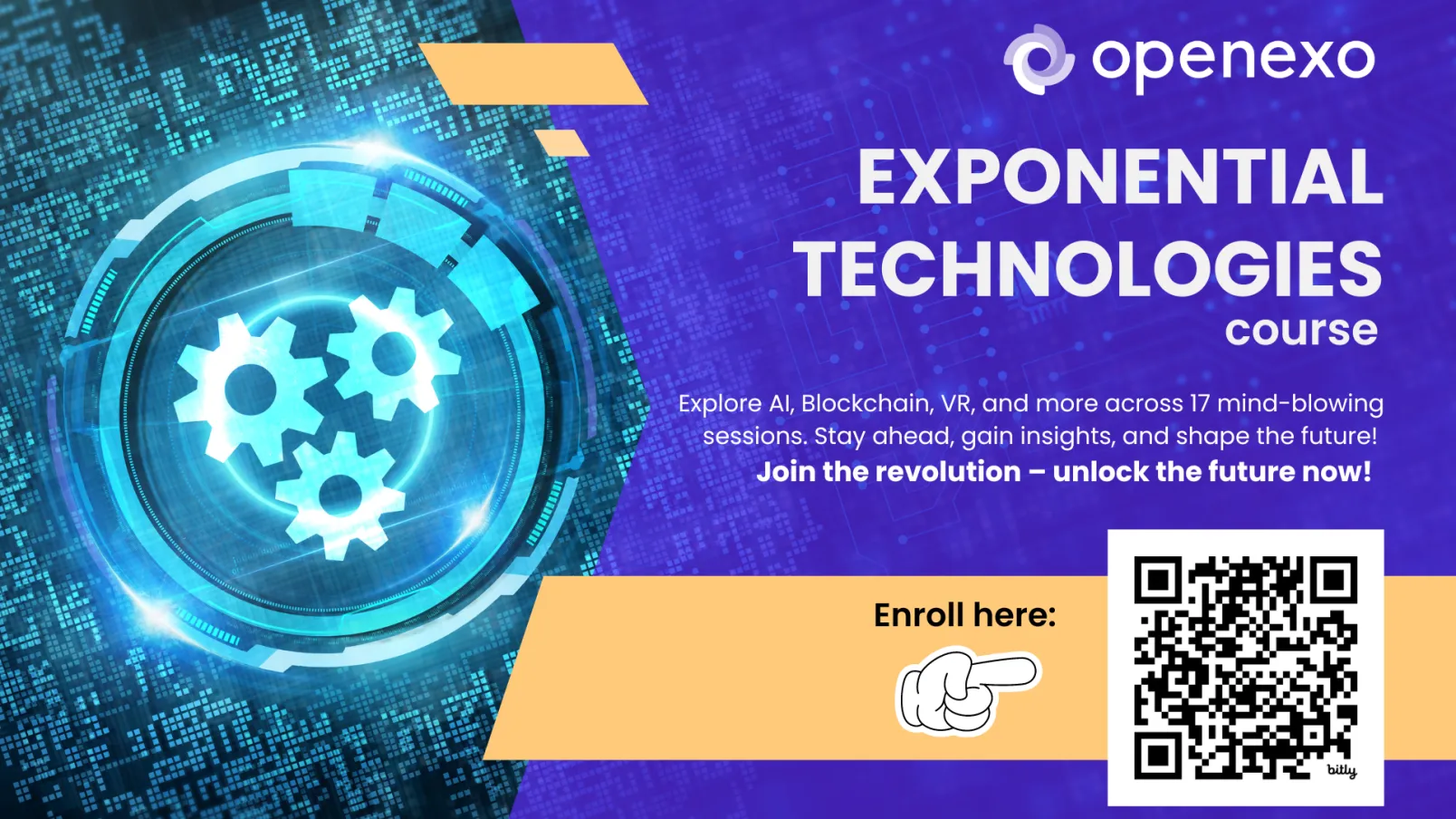
Choose Wisely: A Guide to Picking the Right Strategy Frameworks
Here's an overview of six leading strategy frameworks—Exponential Organizations, Odyssey 3.14, Connected Strategy, Porter's Five Forces, Lean Startup, and Blue Ocean Strategy—exploring their unique strengths, limitations, and optimal applications for making informed decisions.
In the dynamic world of business, selecting an apt strategy framework is not just a choice but a necessity for survival and growth. There are several frameworks available, each with its unique strengths and ideal applications.
Devising the right business strategy is no small feat, especially with the variety of frameworks to select from. While tools like Porter's Five Forces and Blue Ocean Strategy have become popular standards, the reality is that different frameworks serve different purposes. There is no one-size-fits-all approach.
The key is matching the right strategic framework to your organization's current state and aspirations. But with so many options on the table, how do you even begin deciding? This article is designed to help.
We compare six leading strategy frameworks—Exponential Organization 2.0, Odyssey 3.14, Connected Strategy, Porter's Five Forces, Lean Startup, and Blue Ocean Strategy —exploring their unique strengths, limitations, and optimal applications so you can make an informed selection tailored to your organization's needs.
Detailed Overview of Each Framework
Exponential Organization 2.0 (SCALE & IDEAS)
Exponential Organization 2.0 is crucial in today's VUCA world, fostering organizations to be agile, scalable, and future-ready. With its exhaustive arsenal, Exo2.0 isn’t just a framework but more of a DNA builder for an organization
It's holistic, fostering resilient growth through:
- Staff on Demand: Flexibility in workforce management.
- Community & Crowd: Leveraging external resources and communities.
- Algorithms: Utilizing data and automation for efficiency.
- Leveraged Assets: Using assets owned by others to reduce costs.
- Engagement: Keeping stakeholders actively involved.
- Interfaces: Efficiently managing customer and company interactions.
- Dashboards: Using real-time data for decision-making.
- Experimentation: Encouraging innovation and learning.
- Autonomy: Empowering teams for faster decision-making.
- Social Technologies: Integrating social media and technologies for better connectivity.
- Case Studies:
- Airbnb used many principles of ExO, such as leveraging assets (rental listings) owned by others and engaging with a large community of hosts and guests, leading to its rapid growth and scalability.
- For more case studies, check out the link - https://openexo.com/book/1404-case-studies-and-tools
- Applicability: Evaluating firms for readiness and scalability.
Odyssey 3.14 by HEC
Overview: Integrates strategic planning with creative innovation, focusing on sustainable growth. Combines creative innovation with strategic planning. It has three pillars and 14 directions of exploration.
The three pillars are:
Value Proposition: Target audience and value delivery. – Focuses on What & Who
Value Architecture: How value is created and delivered. – Focuses on How
Profit Equation: Financial aspects of the value proposition. – Focuses on How Much
14 Directions:
· Reduce Price
· Look for New Clients
· Reduce Client Hassle
· introduce more emotion or features
· Search other industries
· Modify revenue stream
· Introduce Technology
· Modify step(s) in value chain
· Eliminate or reduce steps in the value chain
· Leverage strategic resource
· Associate with competitors
· Identify Supplementors
· Find new resources
Case Study:
- A case study from Odyssey 3.14's application is Danone, which used the framework to restructure its approach to health-focused food products, leading to innovative product lines and expanded market reach.
- More examples: https://www.odyssey314.com/case-studies.html
Applicability: Best for organizations aiming for balanced growth and innovation.
Connected Strategy by Wharton
OverviewOverview: In the current era where customer needs are dynamically changing and evolving, building ongoing customer relationships using technology and data key and connected strategy emphasizes this.
Details: Details: Connected strategy has two schools of thought, one from the consumer/user standpoint and the other within the organization.
- Connected Customer Experience: Enhancing engagement and understanding of customer needs.
- Connected Delivery Model: Efficient delivery of products/services.
Case Study:
Nike uses connected strategies through its apps and Nike+ community creates personalized customer experiences, driving brand loyalty and engagement.
Suitability: Ideal for customer-focused businesses leveraging digital transformation.
Porter's Five Forces
Overview: Developed by Michael Porter, this framework analyzes an industry's competitive environment and is the "OG" of the strategy frameworks.
Details: The five forces of the market are as below:
- Threat of New Entrants: How easily can new competitors enter the market?
- Threat of Substitutes: The availability of alternative products/services.
- Bargaining Power of Customers: The influence customers have on prices and terms.
- Bargaining Power of Suppliers: The impact suppliers have on prices and quality.
- Industry Rivalry: The intensity of competition among existing firms.
Case Study:
Coca-Cola used Porter’s Five Forces to assess the soft drink industry, helping them strategize against competitors and substitutes.
Applicability: Essential for any business assessing new markets, competition, or strategic positioning.
Lean Startup
Overview: Pioneered by Eric Ries, it's a methodology for developing businesses and products.
Details: Lean startup methodology has been a great approach for startups to validate their hypotheses and move forward. This has become a staple framework for all startup founders.
- Build-Measure-Learn Loop: Rapid development cycles for continuous improvement.
- Minimum Viable Product (MVP): Developing a product with minimum features to satisfy early customers and provide feedback for future development.
- Pivot or Persevere: Deciding whether to pivot (change strategy) or persevere based on customer feedback and data.
Case Study: Dropbox used Lean Startup principles to build and test its MVP, adapting its product based on user feedback, leading to its massive success.
Applicability: Ideal for startups and any business in a fast-paced market that values flexibility and customer feedback.
Blue Ocean Strategy
Overview: Created by W. Chan Kim and Renée Mauborgne, this strategy emphasizes creating new market space, making the competition irrelevant.
Details: While everyone wanted to build something unique, the concept brought in by Chan and Renée provided people with a name that they could go for.
- Value Innovation: Focuses on creating value for both the company and its customers while simultaneously lowering costs.
- Eliminate-Reduce-Raise-Create Grid (ERRC): A tool to help businesses reframe their offerings and create new value.
- Finding Blue Oceans: Identifying and exploiting untapped markets and customer needs.
Case Study:
Cirque du Soleil successfully implemented Blue Ocean Strategy by combining the high thrill of a circus and the sophistication of a theatrical production, creating an entirely new entertainment market.
Applicability: Best suited for businesses looking to break away from intense competition and seeking to innovate in saturated markets.
Comparative Analysis Table
Now that we have understood these cutting-edge frameworks, let's do a comparison of them and see when to use what.


Example Story: A Startup's Strategic Journey
Let's illustrate this with a fictional startup's journey:
- Initial Phase - Market Analysis with Porter's Five Forces: The startup begins with an analysis of the competitive environment using Porter's Five Forces, identifying a niche market with potential for growth.
- Strategic Positioning - Blue Ocean Strategy: It moves to carve a unique market position, focusing on untapped customer needs and differentiating itself from competitors.
- Product Development - Lean Startup: Adopting the Lean Startup approach, the startup develops its product iteratively, using customer feedback for rapid pivots and ensuring market fit.
- Growth Phase - Exponential Organization 2.0: As the company grows, it embraces the principles of Exponential Organization for scalable growth, leveraging technology and external assets.
- Customer Engagement - Connected Strategy: To deepen market penetration and enhance customer loyalty, the company employs Connected Strategy, focusing on building strong, ongoing relationships with customers.
- Sustainable Expansion - Odyssey 3.14: In its expansion phase, the startup uses Odyssey 3.14 to explore new opportunities and diversify its offerings, balancing innovation with operational efficiency.
Conclusion
Choosing the right business strategy framework can significantly influence an organization's trajectory. While each framework has its unique strengths and limitations, the key lies in understanding which one aligns best with your organization's current situation and future aspirations. Reflect on your organizational needs, market dynamics, and long-term goals to make an informed decision.
What are your experiences with these strategy frameworks? Do you have insights or success stories to share? Join the conversation in the comments, and if you're looking for tailored advice on adopting a strategic framework for your business, feel free to reach out for a consultation.

Exponential Technologies Course Launched!
Tech enthusiasts, get ready to embark on a journey into the future! We're excited to announce our latest course, "Exponential Technologies: Transforming the Future." What's Inside? Dive into AI, Blockchain, VR, and more across 17 mind-blowing sessions!
From defining the tech landscape to future possibilities, this course is your guide to tomorrow's innovations. Illustrative videos, helpful quizzes, and a certificate of completion – your journey to tech mastery starts now! We will be covering definitions, brief histories, current trends, and use cases for each technology. Why Enroll? This course is designed to inspire and empower you with knowledge of key exponential technologies shaping our future. This course is designed to inspire and empower you. Ready to Shape Tomorrow? Hop in, and let's explore the future together! Go to the Learning Hub and start your journey. Prerequisite: Premium Subscription Required
ExO Insight Newsletter
Join the newsletter to receive the latest updates in your inbox.









